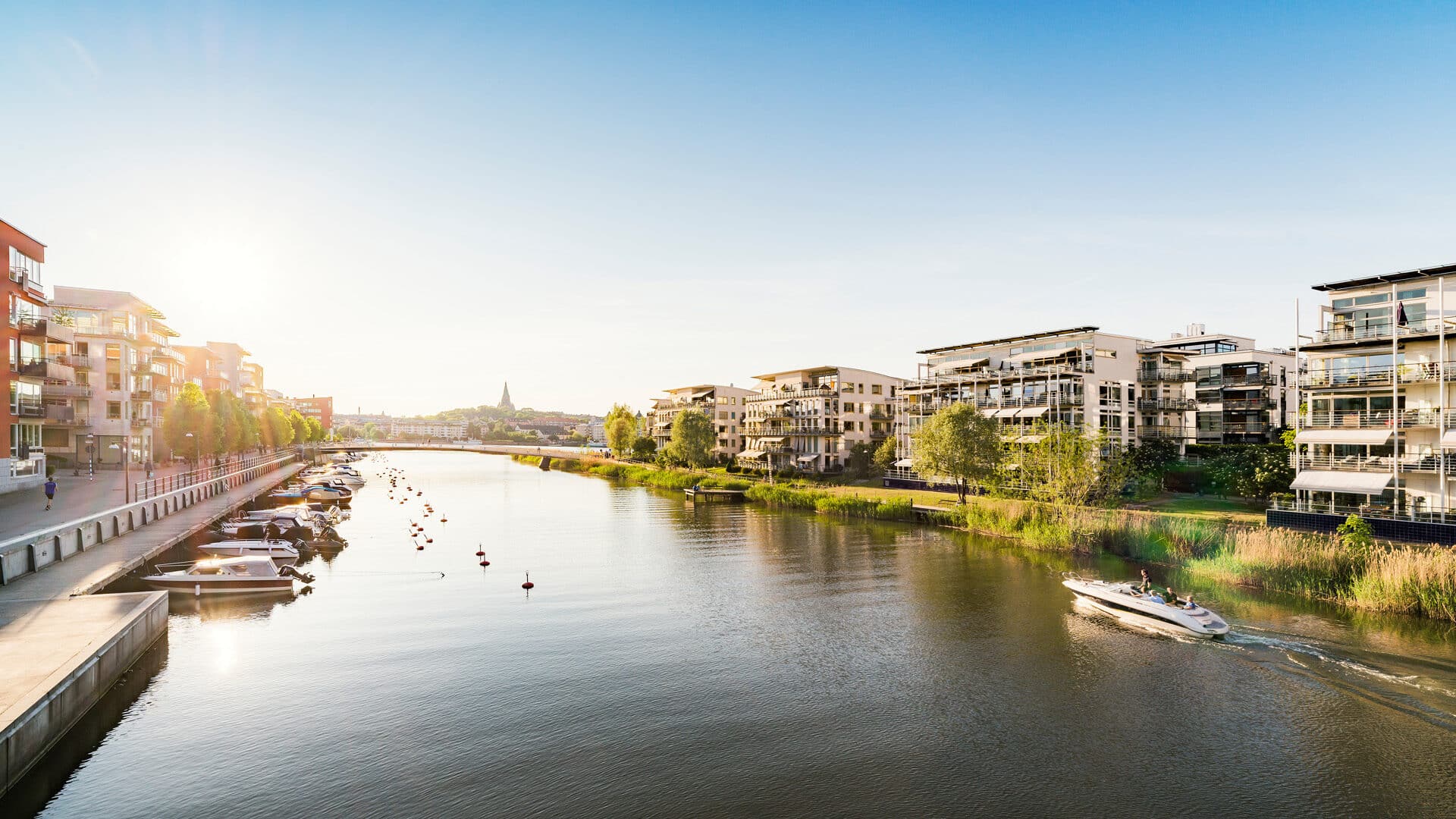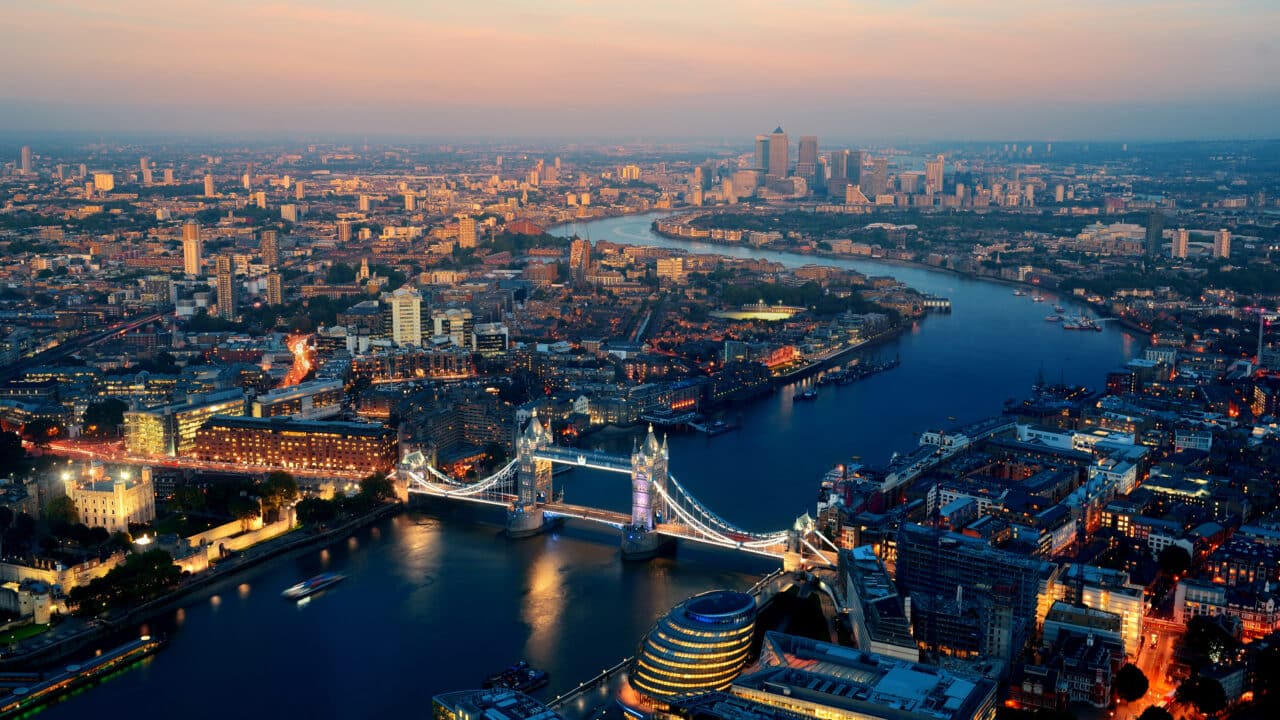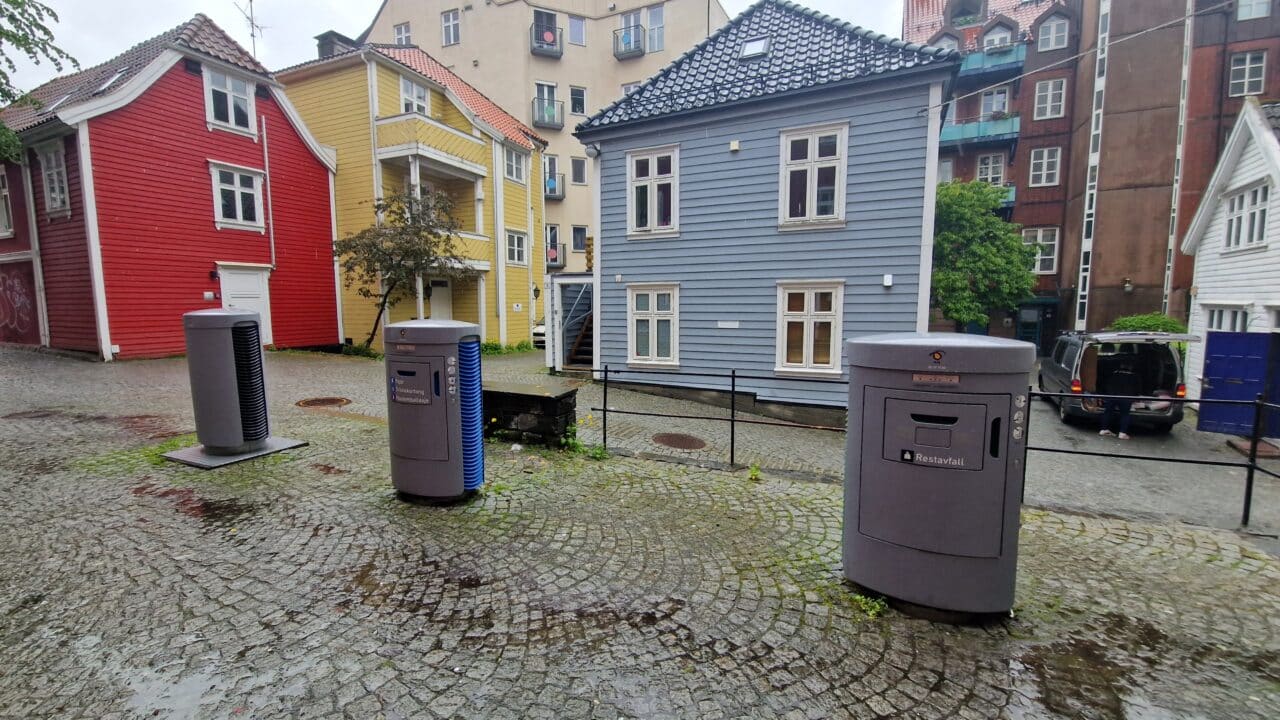A Visionary Approach to Sustainable Urban Development
The redevelopment of Hammarby Sjöstad began in the early 1990s with a bold vision: to create a district that performed at least twice as well as conventional new developments in terms of environmental impact. This goal set the stage for an innovative approach to urban planning, with sustainability embedded into every aspect of its design, infrastructure, and daily life.
The Hammarby Model: A Holistic Environmental System
A fundamental part of Hammarby Sjöstad’s success lies in its integrated environmental strategy, known as the Hammarby Model. This system interconnects energy, water, and waste management, ensuring that resources are continually recycled and reused.
Wastewater from the district is purified and used to generate biogas, which in turn provides energy for cooking and heating. Solar panels and district heating further reduce reliance on fossil fuels, contributing to the area’s low carbon footprint. Rainwater and greywater are carefully managed to prevent pollution from entering the surrounding waterways, ensuring a clean and sustainable aquatic ecosystem.
Smart Waste Management with Envac’s Automated System
One of the most innovative aspects of Hammarby Sjöstad is its approach to waste collection. Traditional waste management methods often lead to pollution and high emissions from collection vehicles, but the district utilises an advanced automated waste collection system developed by Envac. Instead of garbage trucks navigating narrow streets, waste is transported through underground pneumatic tubes to central collection stations.
This system not only reduces emissions but also improves hygiene and enhances the overall urban environment. Residents simply deposit their waste into designated inlets, which separate recyclables, compostable materials, and general waste before suctioning them away. This efficient system minimises both the environmental impact and the inconvenience associated with traditional waste collection.
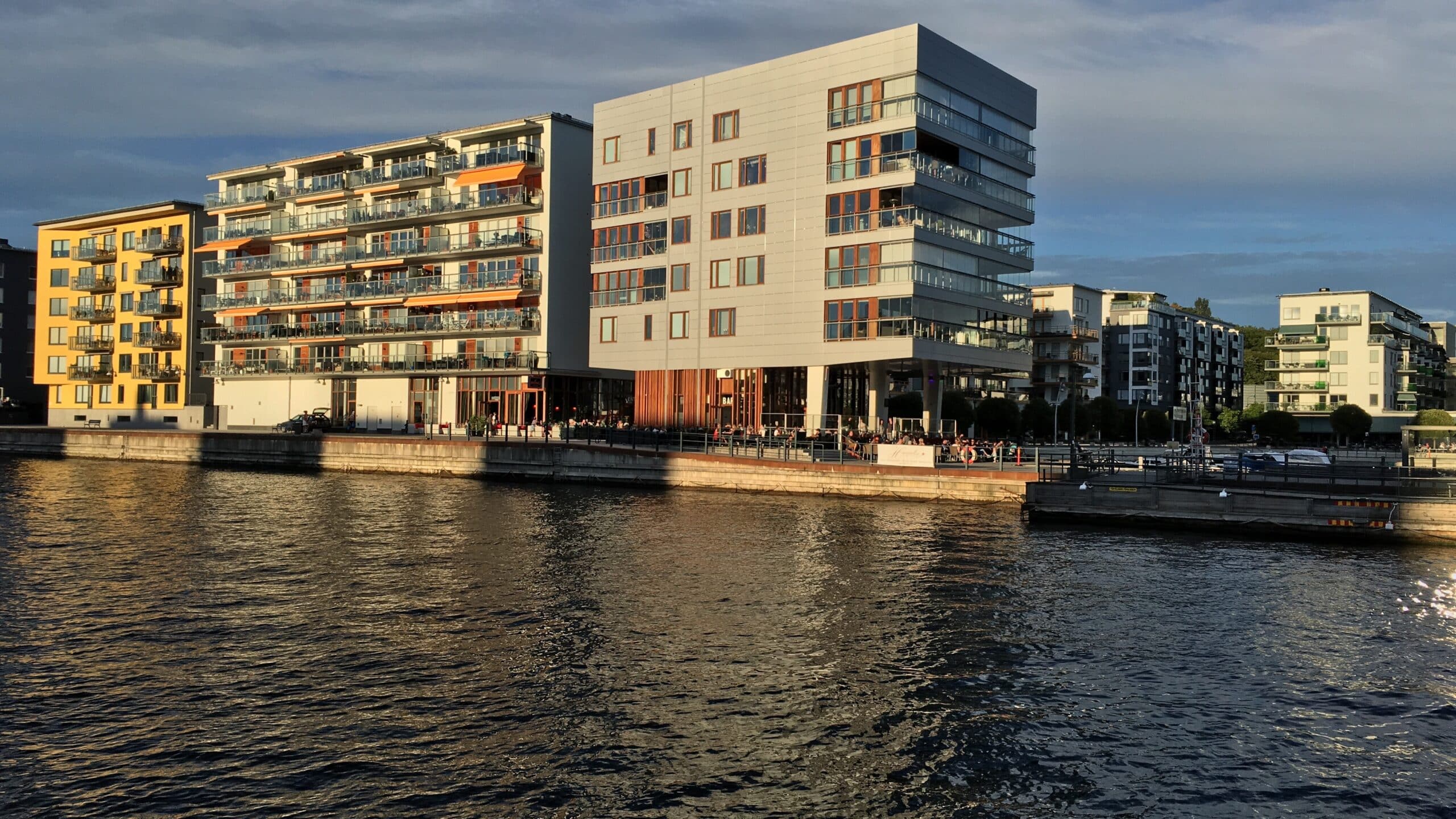
Sustainable Transport and Energy-Efficient Architecture
Beyond waste and energy management, Hammarby Sjöstad is designed to encourage a sustainable lifestyle among its residents. The district prioritises walking, cycling, and the use of public transport, reducing the reliance on private cars. Well-planned pedestrian pathways, bike lanes, and a well-connected public transit system make it easy to live without a car.
The architecture also reflects the sustainability ethos, with buildings designed to optimise energy efficiency through high-quality insulation, sustainable materials, and smart energy systems. Green roofs, solar panels, and energy-efficient windows contribute to reducing overall energy consumption while improving residents’ quality of life.
Green Spaces and Biodiversity for a Healthier Environment
Green spaces and biodiversity play a key role in the district’s design, ensuring a balance between urban development and nature. Parks, green roofs, and waterways provide not only aesthetic appeal but also important environmental benefits, such as improved air quality and natural cooling. These spaces encourage outdoor activities and foster a sense of community, making Hammarby Sjöstad not only a model for sustainability but also a highly desirable place to live.
Hammarby Sjöstad 2.0: Towards Climate Neutrality
In 2011, recognising that some initial environmental goals had not been fully achieved, residents initiated Hammarby Sjöstad 2.0. This project, led by the ElectriCITY Innovation association, aims to make the district climate-neutral by 2030. Through collaborations with institutions like KTH, IVL, RISE, and Energiforsk, the initiative focuses on testbeds in energy, transport, circular economy, and digital urban development, further solidifying Hammarby Sjöstad’s position as a leader in climate transition.
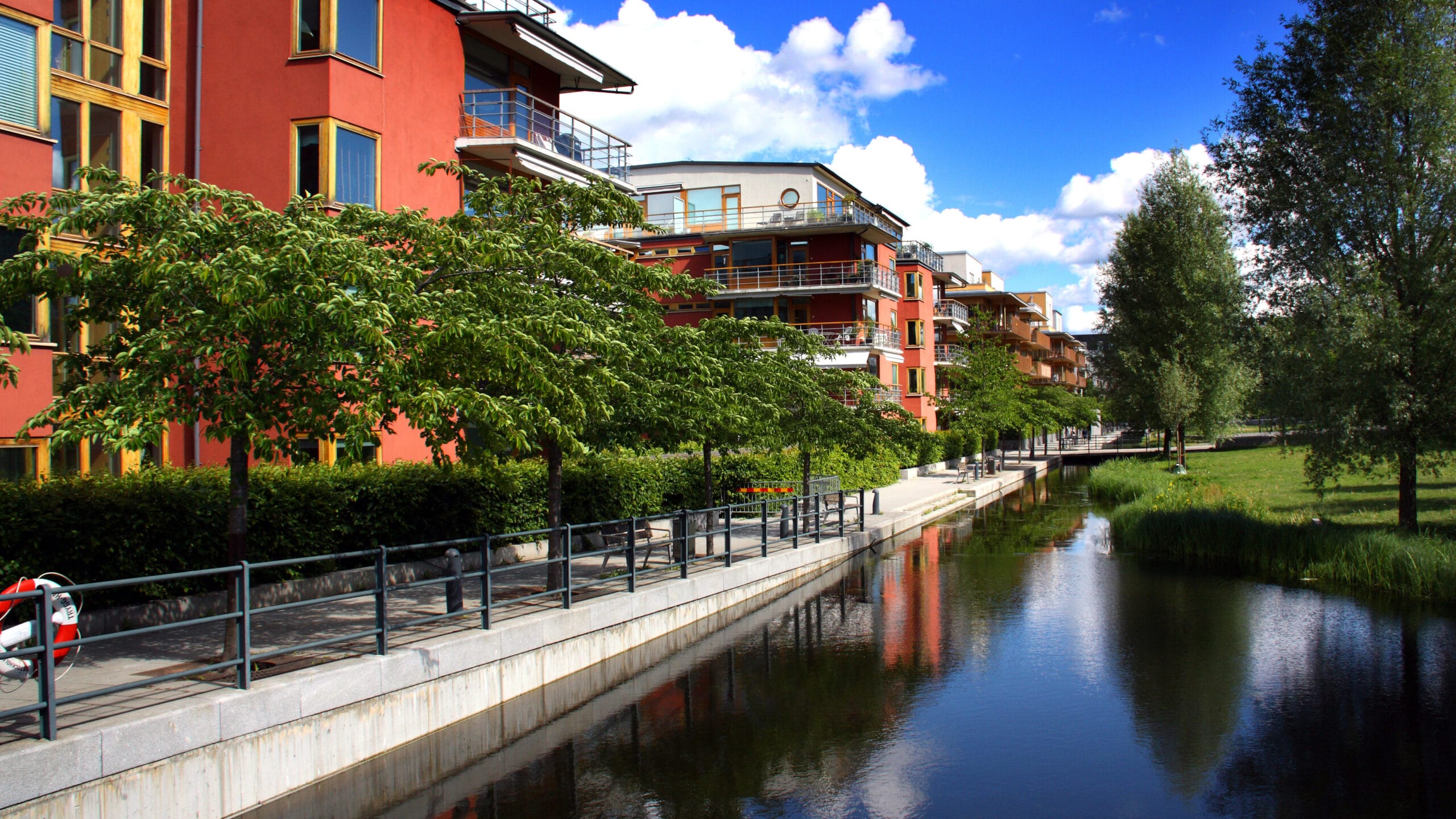
Global Influence: Inspiring Sustainable Developments Worldwide
The innovative Hammarby Model has not only transformed Stockholm but has also inspired sustainable urban developments globally. A notable example is the Yantai Hammarby Eco City in China’s Shandong Province. This ecological smart city, developed by White Peak, spans 880,000 square meters and mirrors the sustainable principles of Hammarby Sjöstad.
The project maintains 46% green space and incorporates advanced waste management systems, including Envac’s automated waste collection, connecting over 5,000 apartments and reducing waste collection traffic by 90%. This replication demonstrates the adaptability of the Hammarby Model to different cultural and environmental contexts, furthering the global pursuit of sustainable urban living.
A Global Model for Future Sustainable Cities
The district’s success has garnered international attention, with urban planners and city officials from around the world looking to Hammarby Sjöstad as a blueprint for future sustainable developments. Its achievements demonstrate that with careful planning and the integration of innovative technologies, cities can grow without compromising the environment.
As the challenges of urbanisation and climate change become ever more pressing, Hammarby Sjöstad stands as a beacon of what is possible when sustainability is placed at the heart of city planning.
Want to know more? Contact us today!
